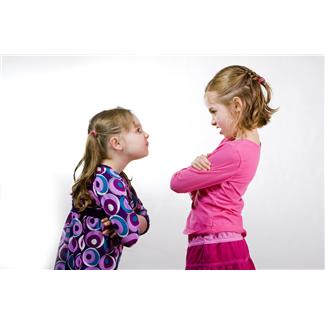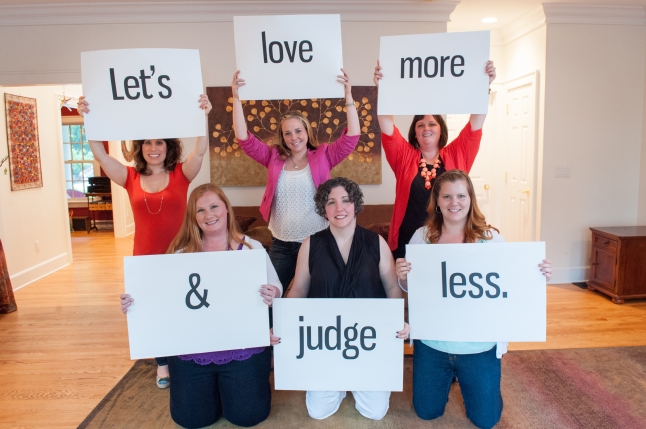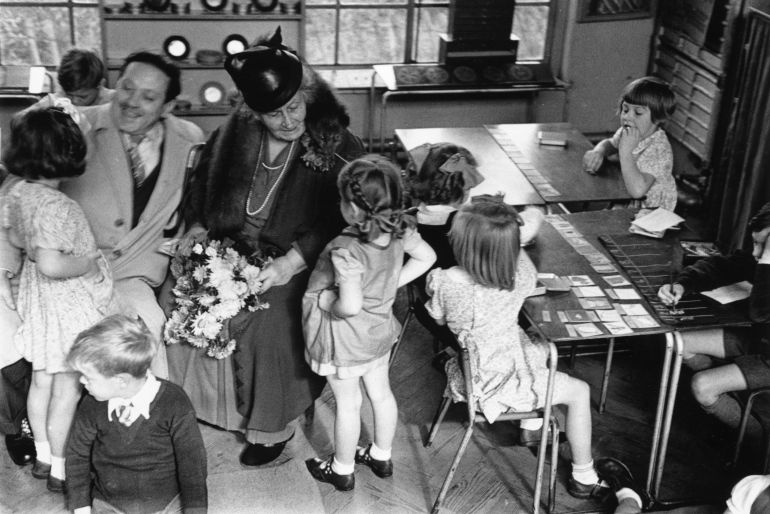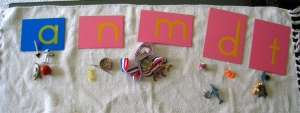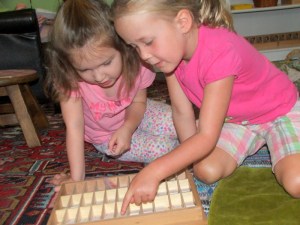Several conversations recently came together for me, into a shocking insight. Now that I have had time to think about it, it is not shocking at all, of course; like so many things.
I was part of several conversations about children (boys) and gun play. This subject never goes away, and may be a topic for another stream of thought. Gun violence in this country is a real thing, and effects children and families, but, in this case, this thread led to something else.
The other thing that never goes away, even in preschool (!!!!) is that of “mean girls”; that is, “social aggression” (as it is called in the literature). How it appears: boys get mad and punch each other, girls are mean, and the “meanness” just flows in and out, and around, and remains a continual sore in the hearts of these girls. Not all girls “do” social aggression, some just stay out of it, but, for the ones who do, what fuels it?
For those of us who do preschool, and parents of girls, we know that “talking it out” or asking them to “just walk away” rarely (never?) helps.
What Lynn * said, in one of many follow-up conversations: “Isn’t it strange that physical aggression is (generally) not modeled to these boys, but social aggression is modeled for these girls?” (This seems to be true in the community in which I work; other communities model different things.) Lynn also said: “Can’t you remember every mean thing that was ever said to you? I can.” I can, too.
So, boys play gun play, and punch each other, but there seems to be little lasting damage, and they go back to playing; “getting it out”, or expressing their frontal lobe limits and going on; their dads are not shooting anyone, or punching anyone.
Girls, however, can often hear grown women criticizing each other. Often. In my family, it was sarcastically called: “helpful criticism”: “She really shouldn’t wear that color.”; “She should know better than to put on a bathing suit.”; “Does she call that decorating for Christmas?” So many of us have made comments like this in private, in front of our children.
There is a story I read years ago, on the Internet, in which a mother made such a comment about another mother (something like: “Oh, let’s not have the meeting at her house, it’s always filthy!”) and her child, in the car, started to cry. “I am sad that you hate yourself, Mom!” The mother is flabbergasted, and asks the child for clarification. “You said that people who say mean things always feel badly about themselves!” Um, yea.
So, how much of a stretch is it to go from saying those things in private, to saying them to someone’s face: “I hate you, and you can never come to my birthday party.” Ow!!! How could that EVER be okay to say? And yet, somehow, it is. And the hurt lingers, and poisons our children and their friends.
So, as in everything else, we have to look at, watch, and listen to ourselves first.
Ow. And then cut it out.
*Lynn Miller, as very wise person.